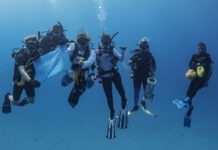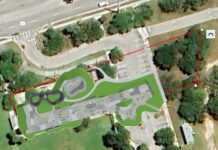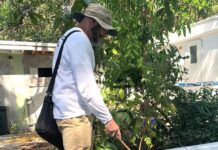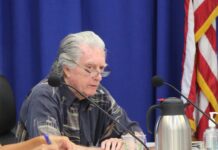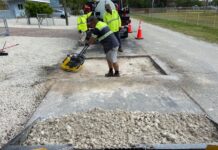It’s all about getting the water right.
That was the message that Steve Davis, senior ecologist and vice president of communications and engagement for The Everglades Foundation gave his audience at the most recent virtual talk hosted by the Keys History and Discovery Museum.
“I’ve spent much of my career studying Florida Bay and the connection between the Everglades and the Bay,” Davis explained. “And really, it’s a connection through fresh water ‒ fresh water running off the landscape and flowing off into this shallow bay ecosystem.”
Davis explained how polluted water from Lake Okeechobee is currently sent east and west, causing harm. Very little flows south to the Everglades and Florida Bay, where it is desperately needed.
“Restoration means meeting the needs of those ecosystems by delivering water down the coast to the Everglades and the Florida Keys,” Davis said.
According to The Everglades Foundation, clean water and intact peat soils are essential ingredients to effective restoration.
Clean water is free of phosphorus contamination and the presence of other chemicals. Everglades habitats are very sensitive to phosphorus pollution, which is present in common fertilizers, untreated sewage and animal waste. When phosphorus gets into the waterways and the Everglades, it transforms the natural ecosystem full of wading birds, frogs, turles, fish and more into an algae-dominated barren.
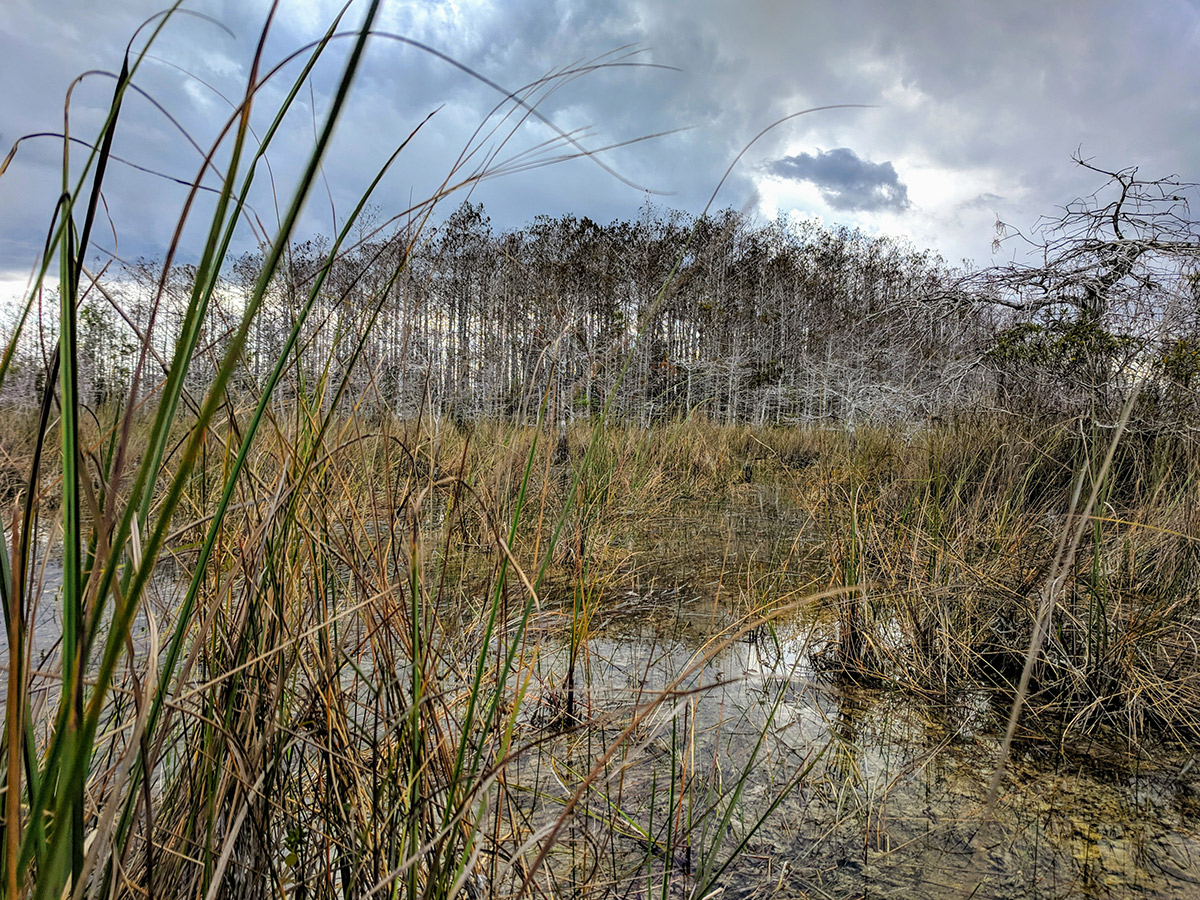
Davis pointed to a massive seagrass dieoff in 2016. Polluted waters flushed into Florida Bay, killing off the seagrass and leading to turbid water and algal blooms.
“Anglers throughout the Florida Keys saw this and know its impact on fisheries health Bay-wide,” Davis said.
To avoid and remedy this, Everglades restoration projects plan to use a new “Everglades Agricultural Area” to filter polluted water from Lake Okeechobee, avoiding polluted discharge to the east and west coasts. This “engineered wetland” will treat polluted waters through the marshes and could reduce Lake Okeechobee discharges by 55%, Davis said. Critically, it could also restore 120 billion gallons of clean water flow to the south annually.
The more water that can flow through the marsh, the more it will reduce the stress on Florida Bay, Davis said.
Peat soils are the dead plant matter that accumulates in wetlands over time. In the Everglades, these soils build up over the limestone and act like a “massive blanket” 10 to 15 feet deep that helps usher water south to the Everglades and Florida Bay.
“These peat soils took thousands of years to develop,” Davis said, “and as we drained peat soil, it began to break down.”
This resulted in a drop in elevation and drying out of peat soils. Unfortunately, this also released critical stores of carbon dioxide into the atmosphere. Davis estimated that 760 million metric tons of stored carbon have been lost from the ecosystem due to changes in water flow.
“Thinking of climate change, restoring flow of water could be very important as climate mitigation,” Davis said.
As the water has dried up and the peat disintegrated, the Everglades’ landscapes have also changed. This has been devastating in particular for shore birds that depend on seasonal water level changes to find food.
At the height of the wet season, small fish and crayfish swim across the landscape. Then, as the dry season starts, water recedes and the fish, crayfish and other wading bird food concentrates in water pools, where birds can more easily eat their fill.
“That concentration effect is one of the emergent properties of the Everglades. It is really one of the targets of restoration of flow,” Davis said. “Recreating this food concentration will give rise to massive wading bird populations that the Everglades were once known for.”
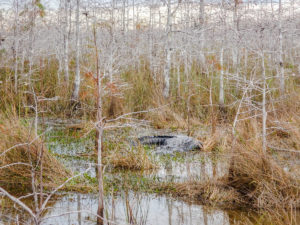
Restoration will also help rebalance inequities in water management and build up much needed resilience to sea level rise and saltwater intrusion in South Florida. It does this by decreasing vulnerabilities in the system and keeping things in balance.
Davis added, “This interaction of landscapes and balance took centuries to develop and get the water right.”
So, where do we stand with Everglades restoration projects?
Projects are a 50/50 partnership between the South Florida Water Management District and the U.S. Army Corps of Engineers, with equal cost sharing ‒ in theory.
20 years after their start, the state of Florida has outspent the federal government 3-to-1 in this “supposed 50/50 partnership,” Davis said. Turns out that the plans are there, but the money is less certain. Federal appropriations at much higher levels than are currently available are needed to even up spending. The historic and current funding deficit has delayed this much-needed restoration.
Still, Davis remains hopeful.
“If the Army Corps gets funding, projects remain on track. But the fact is we’ve never been on track,” he said. “If we get restoration construction back on track, we will generate jobs and realize the benefits of these projects sooner. Our economy depends on that.”


